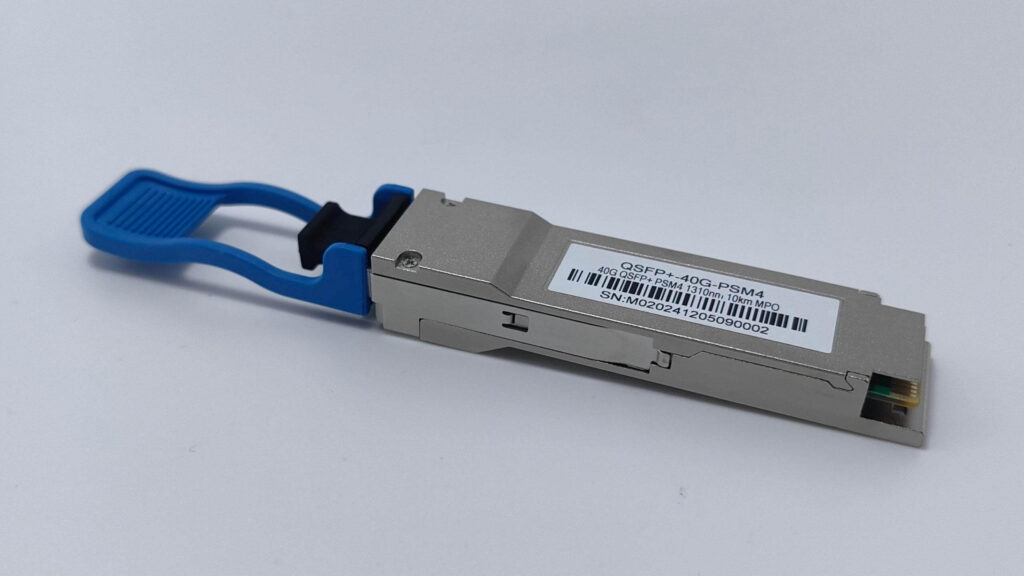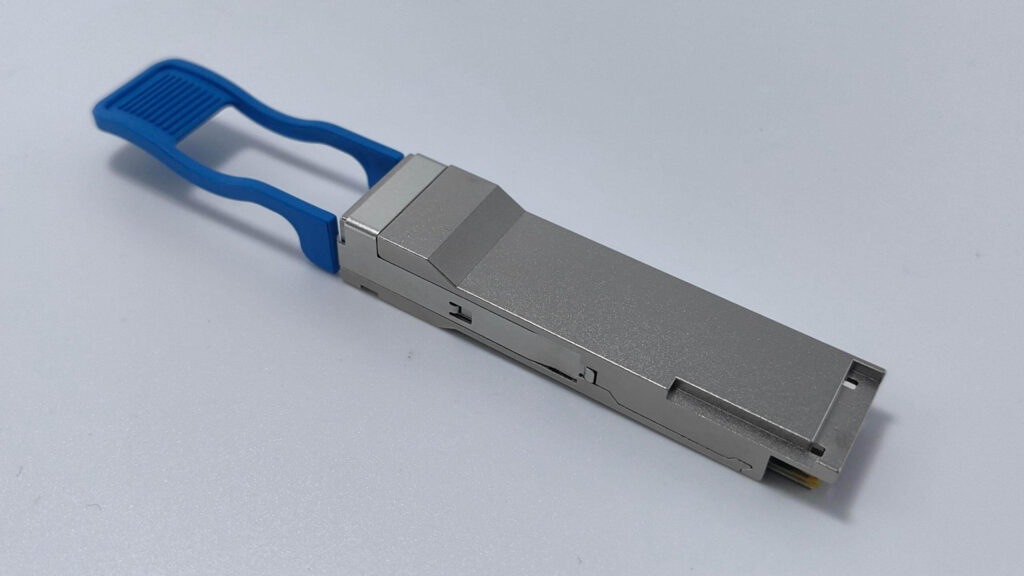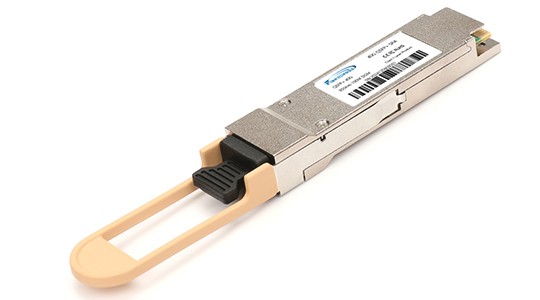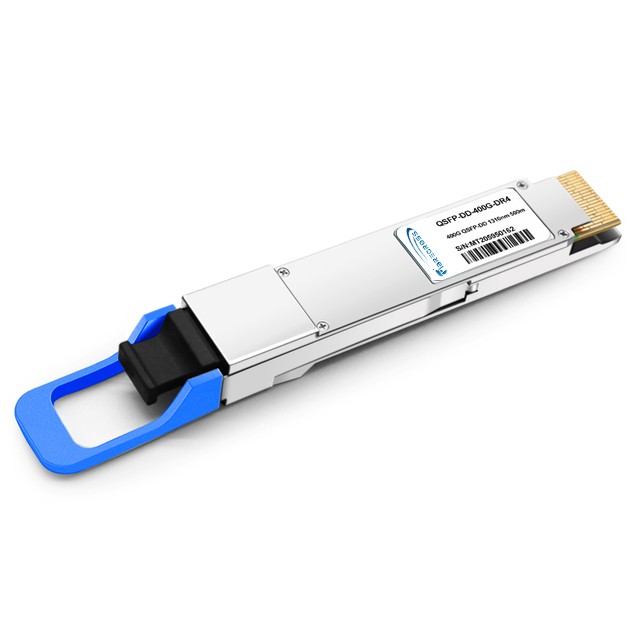Why Optical Transceivers are Crucial for High-Speed Fiber Optic Networks
In today’s fast-paced world of data transmission, optical transceivers are crucial components for enabling high-speed communication over fiber optic networks. Whether you’re a business seeking to enhance your network’s performance or an engineer exploring the best options for your infrastructure, understanding the role and significance of fiber optic transceivers is paramount.
As industries continue to expand their reliance on data and telecommunications, the need for reliable, fast, and efficient optical transceivers has never been more significant. Let’s take a closer look at what optical transceivers are, how they function, and why choosing the right optical transceiver supplier is essential for your network’s performance.
What Are Optical Transceivers?
An optical transceiver is an integrated device that both transmits and receives data as optical signals. It plays a critical role in converting electrical signals from network devices into optical signals for transmission over fiber optic cables, and then converts received optical signals back into electrical signals for processing. These devices are used in a wide range of network equipment, such as routers, switches, and servers, ensuring that data travels efficiently across long distances.
The Role of Fiber Optic Transceivers
Fiber optic transceivers are used to facilitate communication across high-bandwidth fiber optic cables, offering vastly superior speeds compared to traditional copper cables. By using light to transmit data, fiber optic transceivers significantly reduce signal loss, making them ideal for long-distance communication. This makes them indispensable in industries that require fast, reliable, and scalable data transmission, including telecommunications, cloud computing, and large-scale data centers.
Key Benefits of Optical Transceivers
| Benefit | Description |
|---|---|
| High-Speed Data Transmission | Supports high-speed data transfer ranging from 1 Gbps to 400 Gbps, allowing for fast communication. |
| Long-Distance Transmission | Enables data transmission over long distances with minimal signal degradation, ideal for fiber optic networks. |
| Low Latency | Provides low-latency communication, ensuring minimal delay for real-time applications like video streaming and financial transactions. |
| High Scalability | Optical transceivers support the scaling of networks to accommodate increasing data demand without compromising performance. |
| Reduced Interference | Fiber optics are less prone to electromagnetic interference compared to copper cables, offering more reliable performance. |
| Energy Efficient | Consumes less power compared to traditional copper-based transmission systems, making them more energy-efficient. |
| Security | Optical transceivers offer enhanced security as fiber optic cables are harder to tap into compared to copper cables. |
| Future-Proof | Optical transceivers support growing data rates and are adaptable to new technologies, ensuring long-term network reliability. |
How to Choose the Right Optical Transceiver Supplier
Choosing a reliable optical transceiver manufacturer is essential to ensure your network operates efficiently. Here are a few tips on selecting the best supplier:
Quality Assurance: Look for manufacturers that provide comprehensive testing and certification for their products. This ensures that the optical transceivers meet industry standards for performance and reliability.
Compatibility: Ensure that the optical transceiver supplier you choose offers products that are compatible with your network’s infrastructure. Different networks require different types of transceivers, so it’s important to work with suppliers who understand your specific needs.
Customer Support: A strong customer support team can make a significant difference when issues arise. Opt for suppliers who offer robust technical support and a warranty for their products.
Cost vs. Value: While it’s tempting to go for the most affordable option, remember that optical transceivers are a long-term investment. Opt for suppliers that provide a balance of competitive pricing and high-quality products to ensure the best value for your business.
Top Optical Transceiver Manufacturers in the Market
Several reputable optical transceiver manufacturers stand out in the market for providing high-quality products and services. Companies like Fibrecross,Cisco and Mellanox are well-known for their cutting-edge technology and reliability. When searching for optical transceiver suppliers, consider partnering with these trusted names or explore emerging players who offer innovative solutions.
Conclusion
As the demand for high-speed data transmission continues to grow, optical transceivers will remain essential in the development and maintenance of efficient communication networks. By partnering with a reliable optical transceiver supplier, you can ensure your network runs at peak performance, offering faster speeds, longer transmission distances, and low latency.
If you’re looking to source the best fiber optic transceivers for your network, take time to research and evaluate the leading manufacturers and suppliers in the industry. By doing so, you will equip your business with the tools necessary for success in today’s data-driven world.
Ready to enhance your network’s capabilities? Contact Fibrecross today to learn more about the best optical transceiver solutions for your needs!






